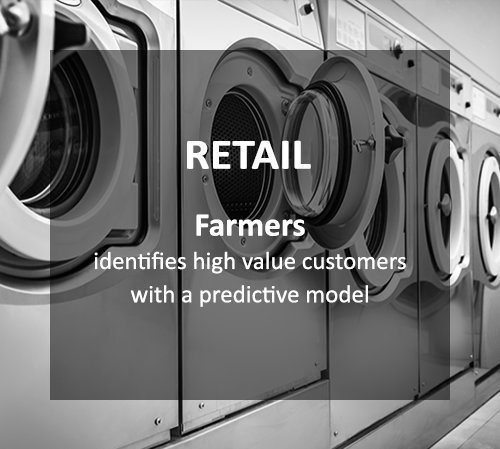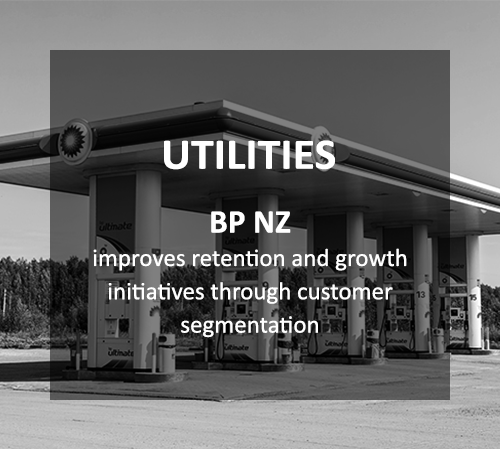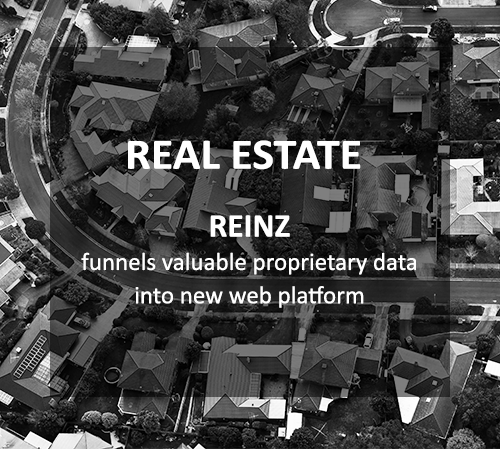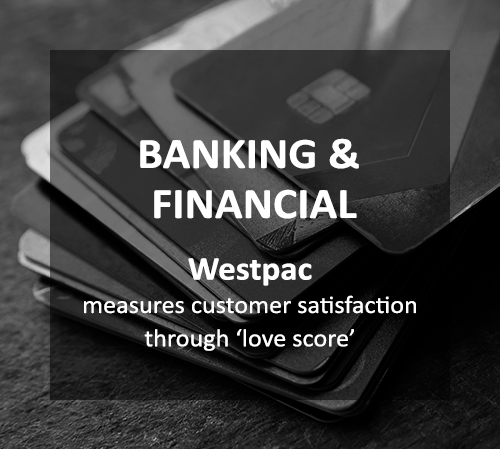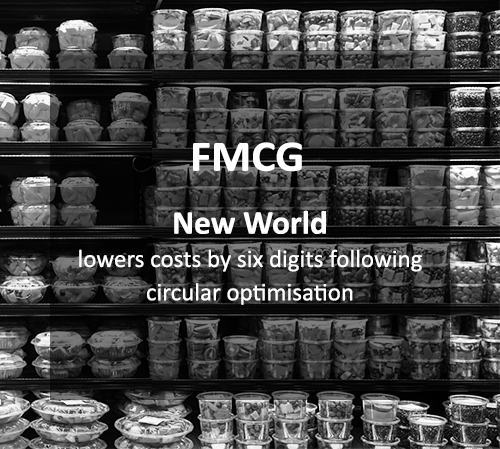THE CHALLENGE
In line with its business strategy, Farmers wanted a way to better predict which of its customers were likely to make a purchase in a high value and high margin category. The goal was to identify these valuable customers and enable more targeted marketing in an effort to drive sales. Farmers assumed that the high value purchases were made on a reasonably random basis, so another goal of the project was to determine whether or not there were actually any patterns to capitalise on.
THE SOLUTION
Datamine worked with Farmers to create a predictive model that would be able to forecast which customers are likely to come in store to purchase a high value product. To build the model, Datamine used a neural network, which is a machine learning technique that enabled the team to pull out patterns held deep within the transactional data.
In doing the analysis, we found that there were patterns in the data that help predict someone’s likelihood to make a high value or high margin purchase – things like the time since their last purchase in other store categories, age, shopping behaviour and other valuable variables.
THE RESULT
Using the model, Datamine successfully identified customers likely to make a high value or high margin purchase. The goal is now to engage and drive conversion to purchase, as some of these sales may go to a competitor without such targeted intervention. The neural network making these predictions can be run regularly for ongoing accuracy as customers send different signals via their shopping behaviour over time. In deploying the model, the team has determined the variables that are most likely to lead to a customer purchasing a high value item, allowing Farmers to market more effectively to specific groups moving forward.
THE CHALLENGE
For many years BP has operated with a well-established global segmentation to identify optimal consumer targets and develop strategies, using data collected via an online survey of 1000 customers.
BP NZ wanted to understand if the NZ customer base exhibited the same behaviours illustrated by the global segmentation to ensure they were engaging with Kiwi customers in the most effective and relevant way. Mapping the NZ base to the global segments using transactional information showed that a more in-depth understanding of customer behaviour was needed.
THE SOLUTIONFollowing this insight, BP NZ commissioned a data-driven behavioural segmentation for targeting, measurement, and strategy. The following information was provided for each customer segment:
- Key statistics: segment size, total fuel and non-fuel spend, gross margin per customer
- Demographics: gender, age, deprivation
- Visitation: share of wallet, average number of visits, spend per visit, days since last visit, region visited
- Loyalty information: % of loyalty offers used
- Fuel statistics: % of fuel only visits, total fuel spend, average fuel spend per visit, fuel type
- Non-fuel statistics: % of non-fuel only visits, total non-fuel spend, average non-fuel spend per visit, purchase type and category
THE RESULT
The segmentation allowed BP NZ to understand the opportunities and challenges that were relevant to each segment. This informed the way the organisation engaged with AA Smartfuel members (message, channel, tone, frequency) going forward to enhance the relevance of their offers.
The segmentation also created a framework from which BP NZ could deliver campaigns to the AA Smartfuel member base while ensuring resource is focused on the most important activities for each segment and provided a large variable set for each customer, to be used in micro-targeting.
THE CHALLENGE
REINZ has an immense amount of proprietary data that it can offer its members – insights into market trends, sales information, location comparisons, market analyses and more. However, their platform for delivering this information online needed to be upgraded in order to offer customers the value that they require out of their membership.
The team at REINZ realised that they needed a flexible platform that allowed them to configure data-driven insights, reports and products in a streamlined, scalable way. They ultimately chose Datamine as their analytics partner because we have analysts, developers and commercial experts all in one team, which gives us the internal capability to build databases, configure and connect APIs, display and visualise data, do analytics and more.
THE SOLUTION
We took an agile and flexible approach to the build that was based on small sprints with a focus on minimum viable product, and then built out from there. The end result was a new web-based business application that optimises the retrieval of relevant data from multiple sources and displays it in an engaging and informative way. The goal of this new platform (entirely cloud-based and hosted in Azure) is for members to be able to interact with data, create reports and glean insights.
In addition to collating all of the existing REINZ data into one user-friendly interface, Datamine also added census data and Ministry of Business, Innovation and Employment (MBIE) rental data to give members an even more comprehensive view into current real estate market trends.
THE RESULT
Reinforcing the value of REINZ’s representation, the new platform has been positively received by both the REINZ team and the company’s stakeholders. It has quickly become one of the most used digital assets at REINZ, with members praising both its engaging interface and incredible value.
The benefits of this application will extend beyond the present day – as their database grows and membership increases, the application can be scaled very quickly at low incremental costs, meaning the platform will continue to work for REINZ far into the future.
THE CHALLENGE
Westpac needed deeper insight into their credit card customers so they could boost card holder profits and reduce churn.
At Datamine, we have long been convinced of the worth of Net Promoter Scores to any organisation wanting to get a snapshot of its customer satisfaction levels, with one caveat: we’ve always thought it had more to offer.
THE SOLUTION
Datamine developed a customer ‘Love score’ so Westpac could measure its customer’s passion for the Westpac brand.
The Love model leveraged Westpac’s existing market research Net Promoter Scores (NPS) which Datamine then correlated with customer’s credit card behavioural data, demographics and hotpoints redemption rates – delivering a love/commitment score for every Westpac customer.
THE RESULT
The love score initiative expanded Westpac’s market research sample results and enabled the bank to segment their credit card customers based on a card holder’s level of ‘love’ for Westpac.
This enhanced the existing ‘current and potential profitability’ models and enabled Westpac to target marketing communications accordingly.
THE CHALLENGE
New World wanted to improve its advertising effectiveness by reducing the number of circulars distributed – without impacting store revenues. The objective of the project was to answer the following questions:
-
Did the circular draw in new customers?
-
Did those new customers return?
-
Did high value customers buy the product on special?
-
Did the promotion grow market share?
THE SOLUTION
Transactional and Census data was extracted to calculate the profitability of each neighbourhood meshblock. Unprofitable meshblocks were identified by comparing the profit from the sales in the meshblock to the cost to distribute circulars.
The impact on New World was assessed by the use of control groups and testing the approach in similar catchment areas. Profitable meshblocks were then converted into circular distribution routes.
THE RESULT
Following the results of the analysis, New World decided to stop delivering circulars to unprofitable meshblocks in order to focus on valuable areas.
Distribution at the time was systematically reduced, with six digit cost savings in the first year and no adverse effects on chain revenue.
